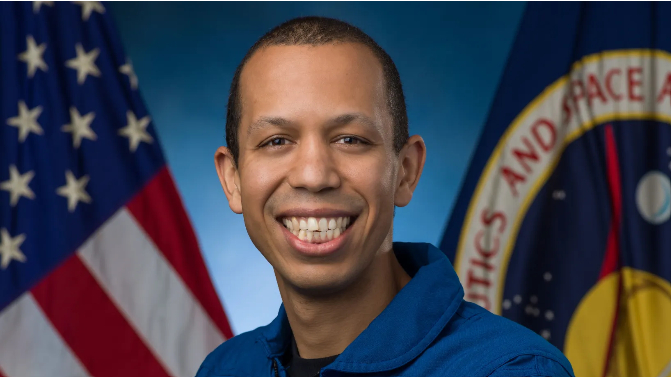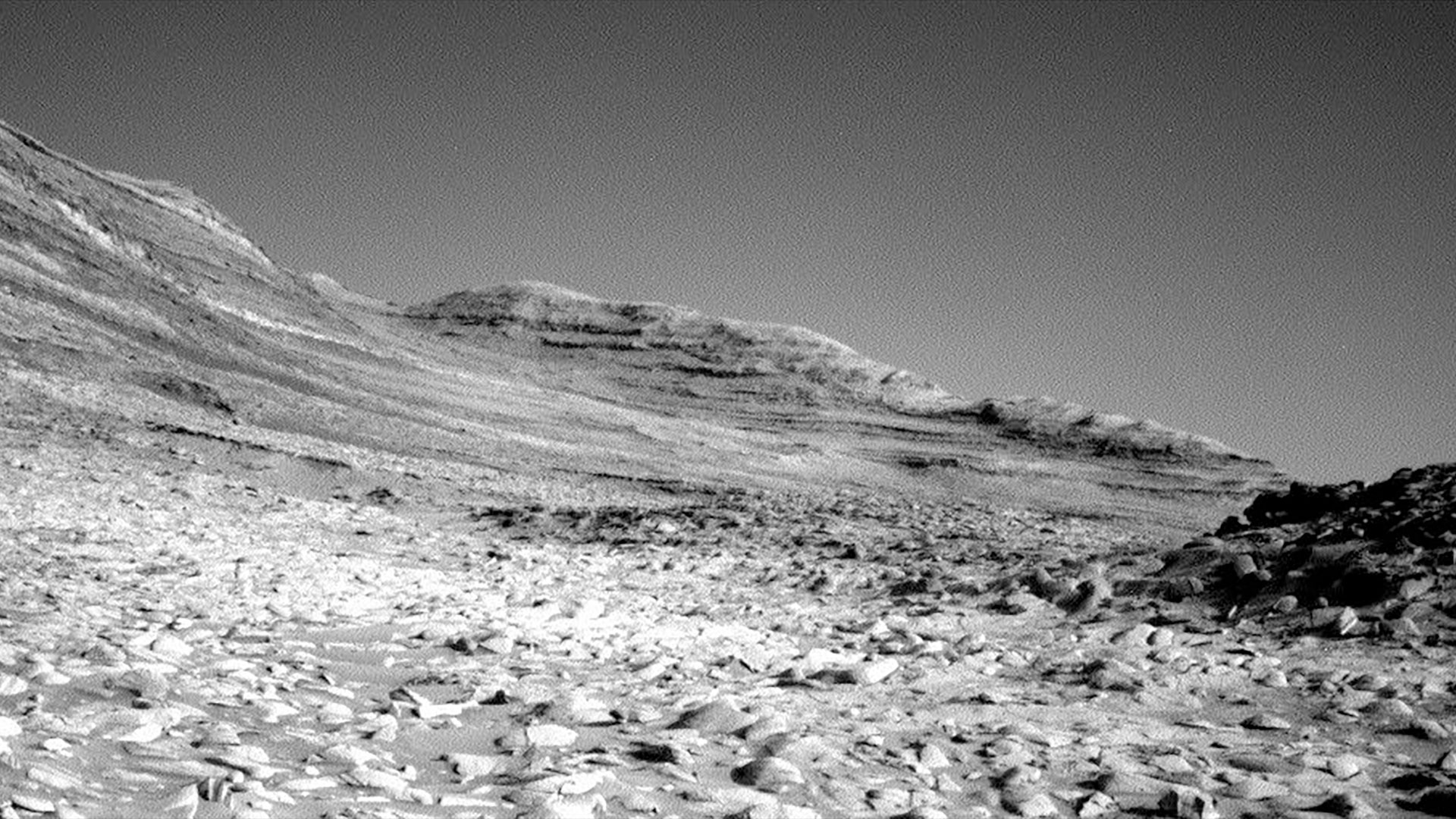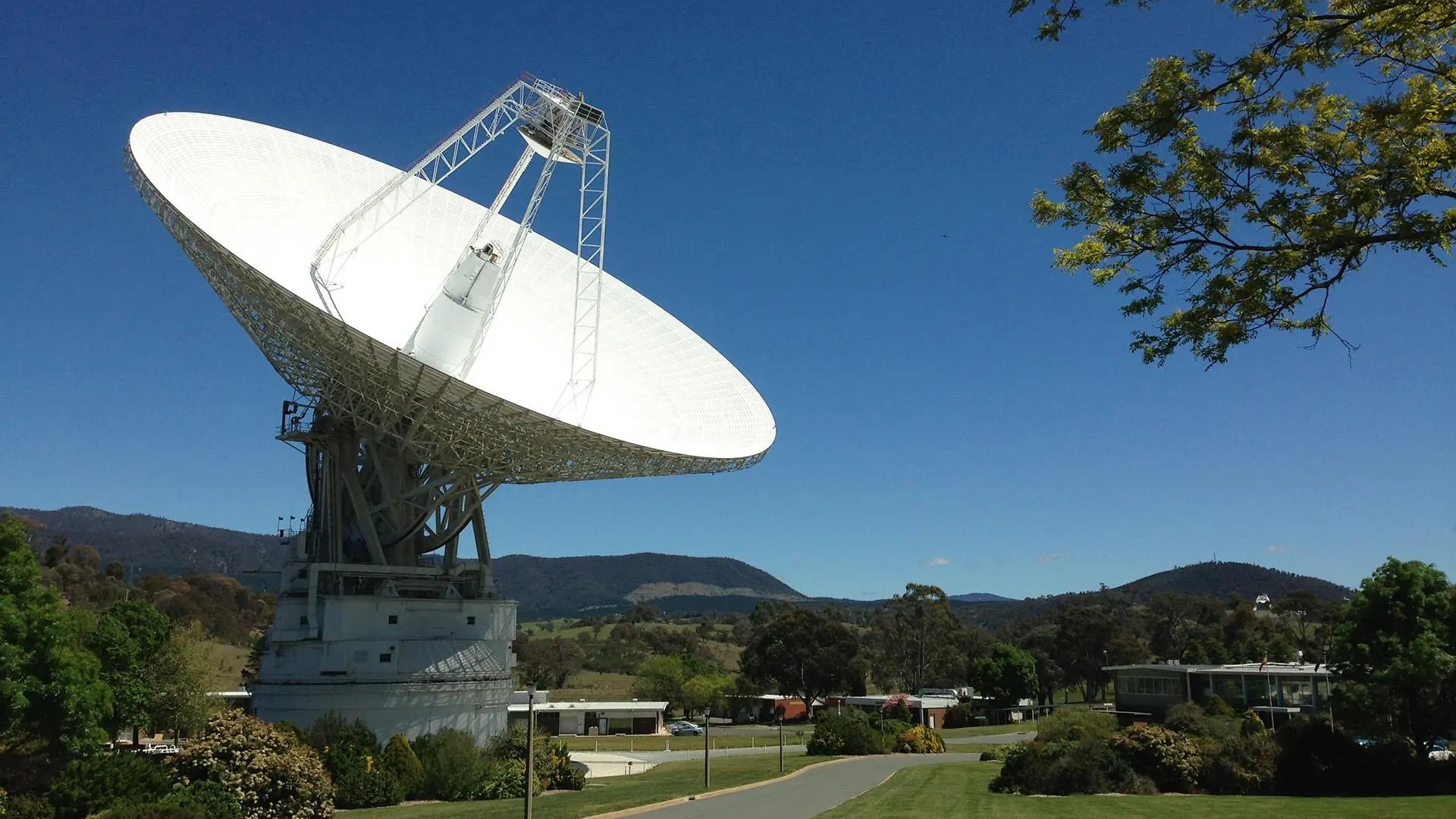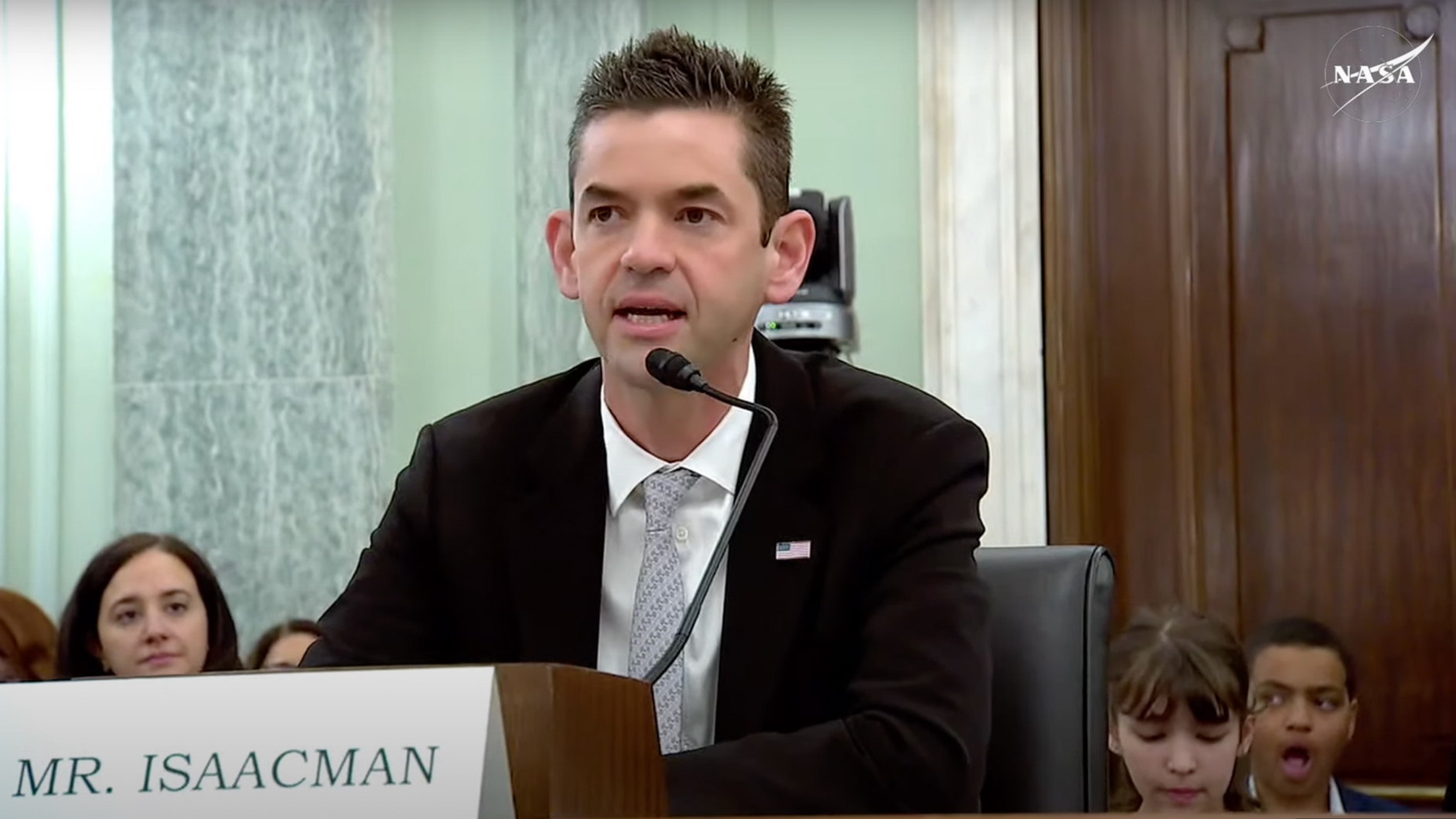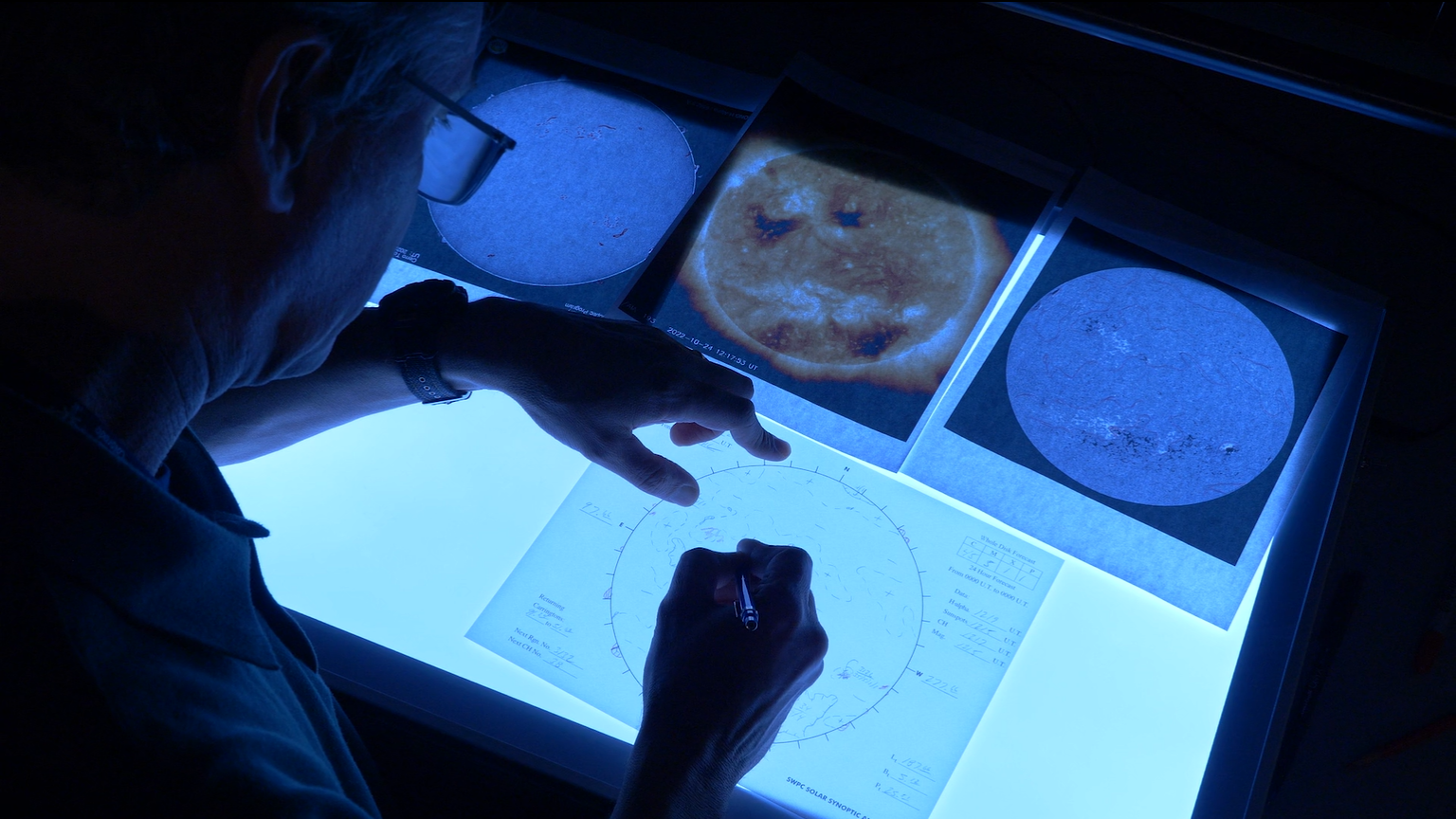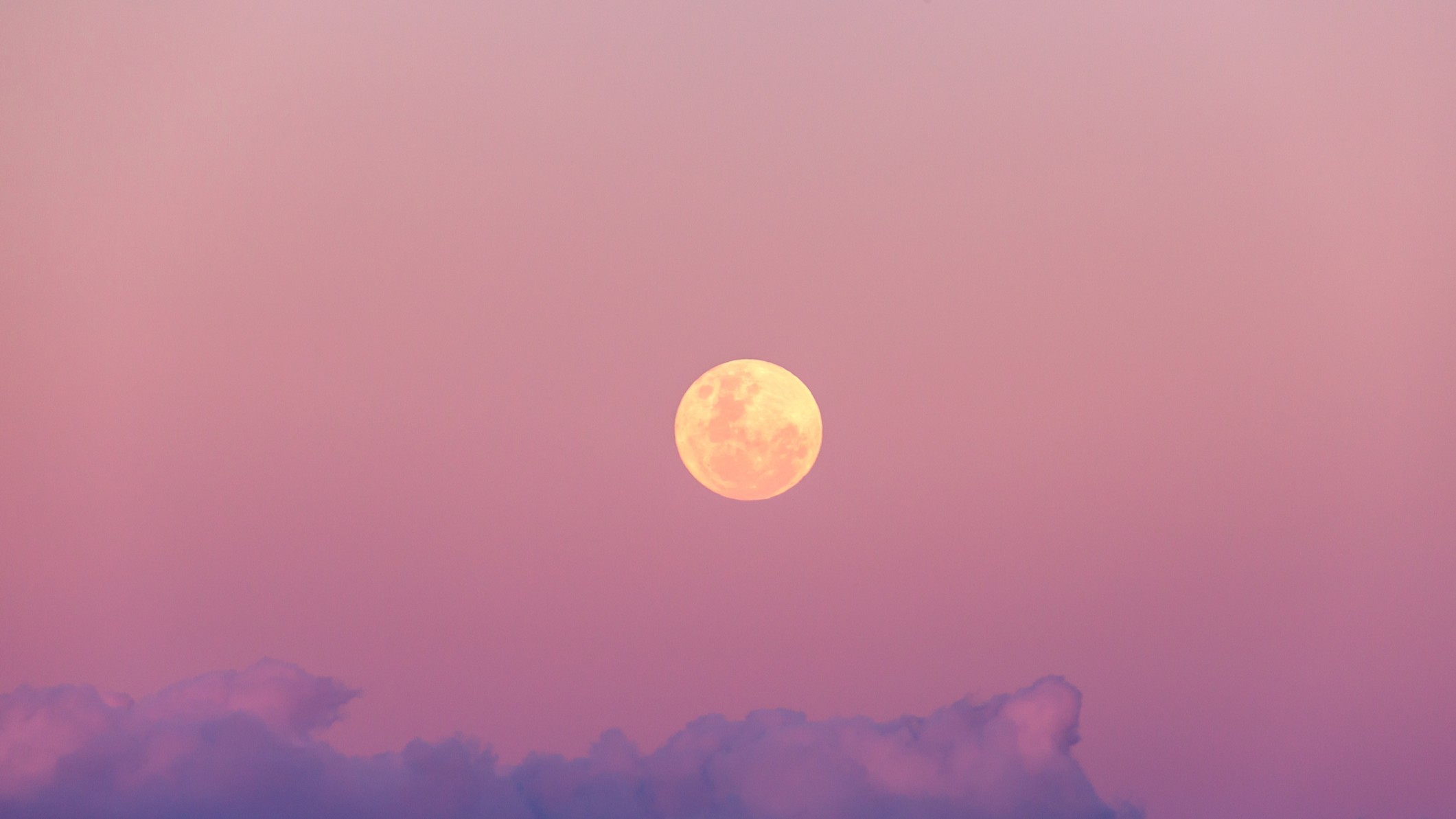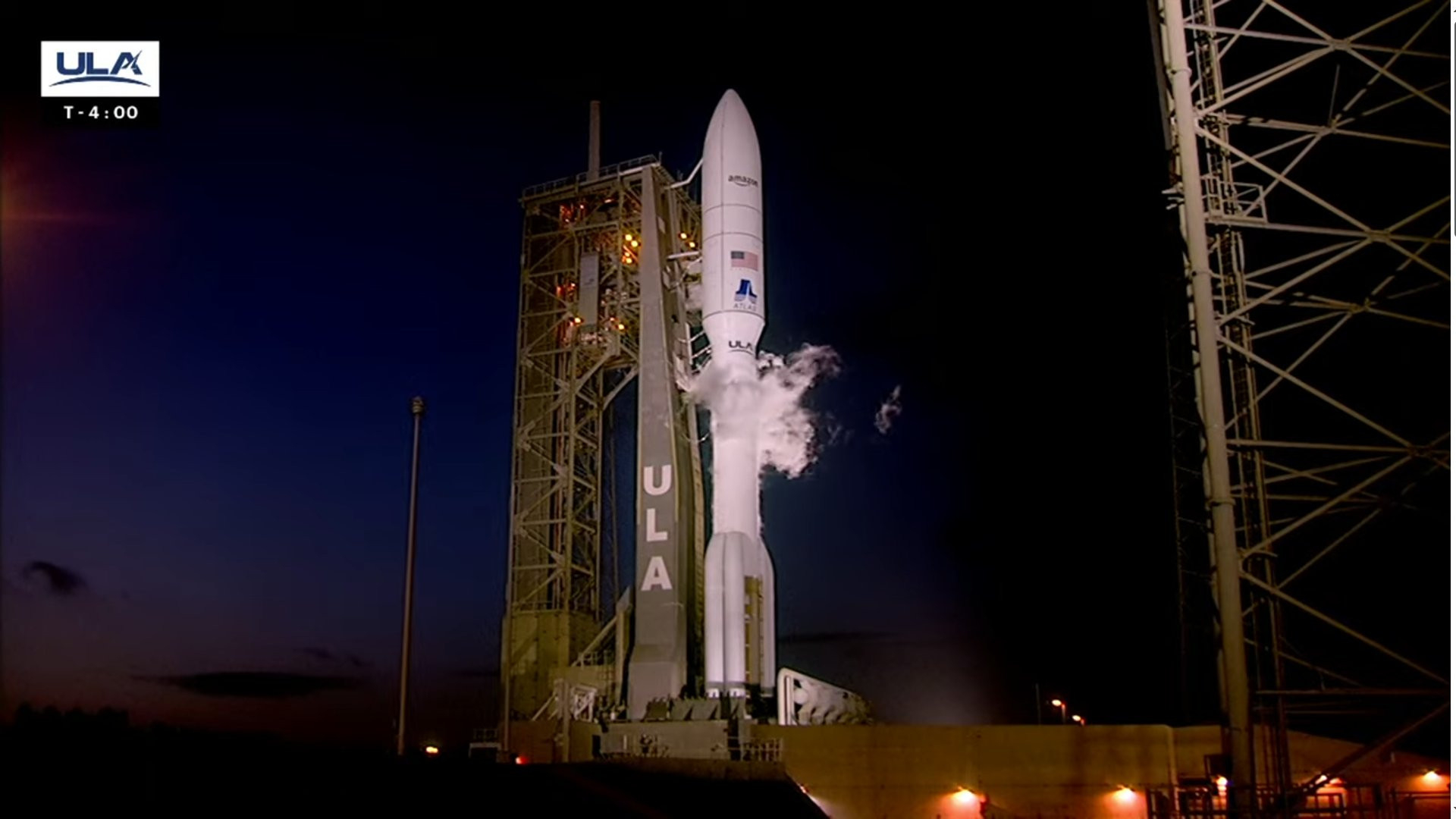How big can 'ultramassive' black holes get? Scientists may have the answer
If they're right, we may have already discovered the largest possible ultramassive black hole!
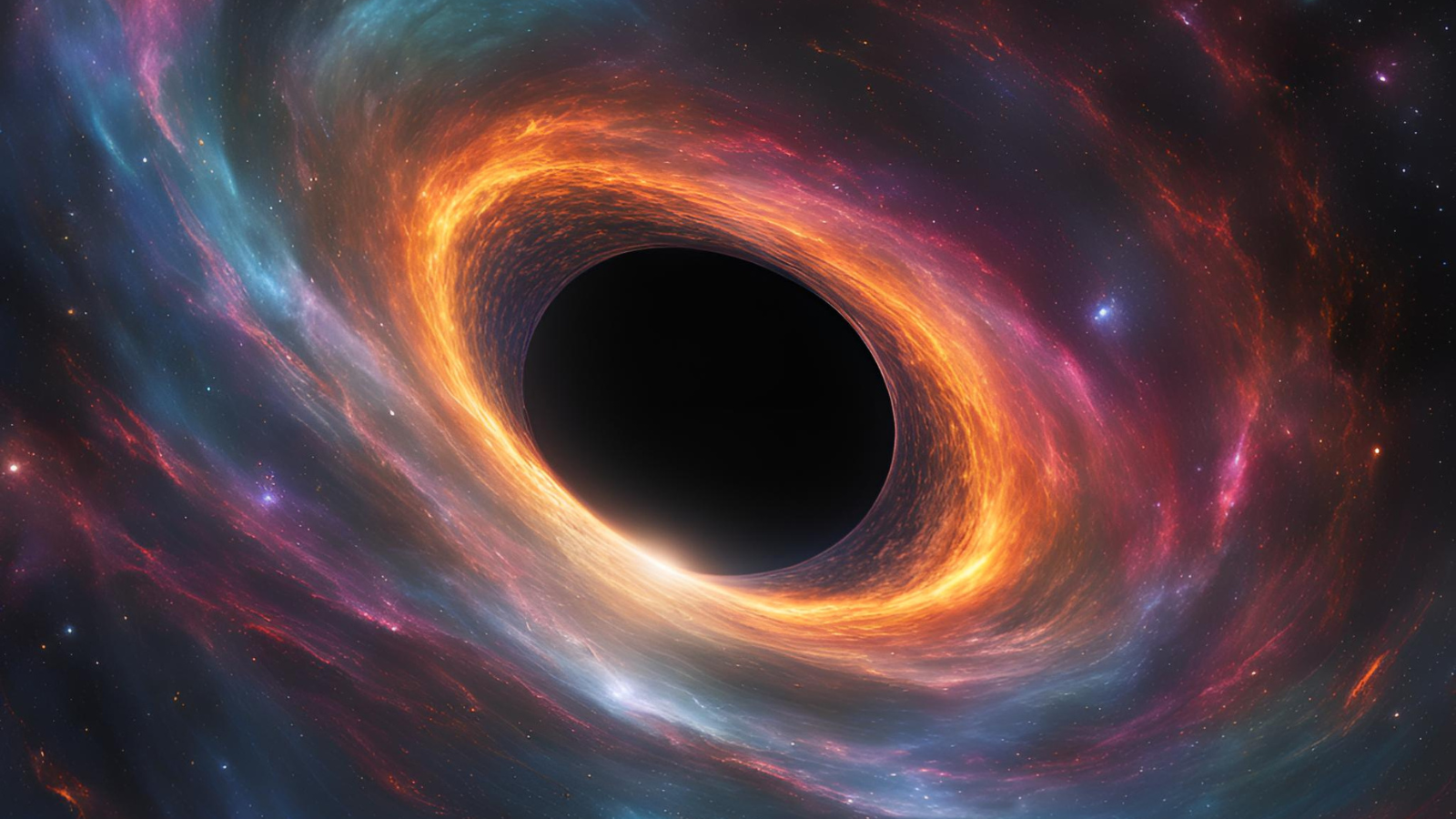
Scientists believe that at the heart of all large galaxies lurk supermassive black holes, cosmic titans with masses equivalent to that of millions or even billions of suns. Yet some black holes exceed even these monstrous masses to become "ultramassive black holes."
The most massive black hole that we are currently aware of is Phoenix A, which sits at the heart of the Phoenix cluster, one of the heftiest clusters ever discovered. Located 5.8 billion light-years away, Phoenix A has an estimated mass of 100 billion suns. Another titanic black hole is Tonantzintla 618 (Ton 618), located around a billion light-years away with a mass of around 66 billion suns.
With monster ultramassive black holes like Phoenix A and Ton 618 out there, you might well wonder if there is a limit to just how big a black hole can get.
Scientists have long wondered this, too, and a team led by Priyamvada Natarajan from the Department of Astronomy at Yale University thinks they may have the answer.
"We defined ultramassive black holes as black holes with masses in excess of 10 billion times the mass of the sun," Natarajan told Space.com. "Supermassive black holes are defined to be in excess of 10 million times the mass of the sun. So ultramassive black holes would, on average, be 10,000 times more massive than supermassive black holes."
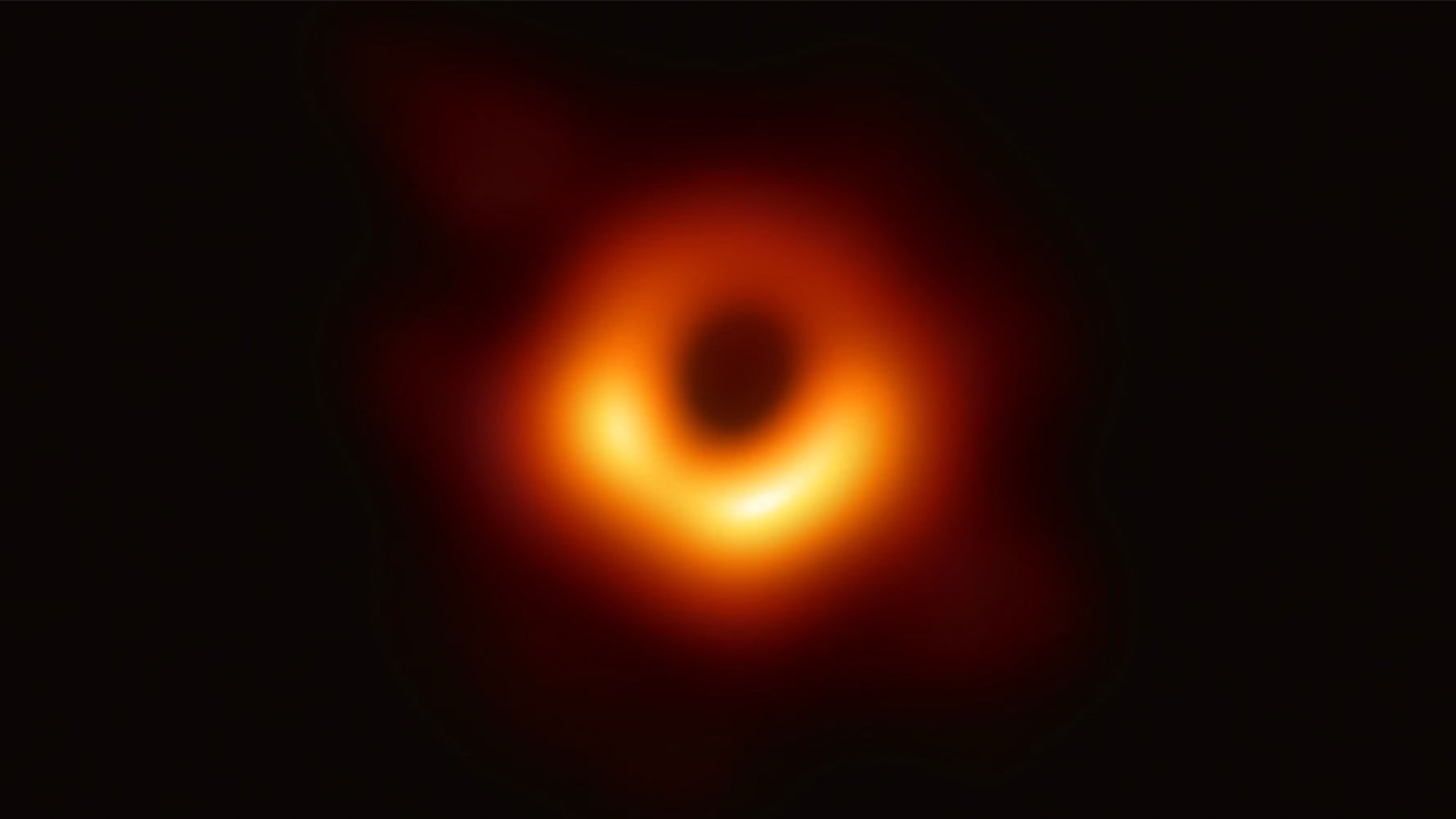
Where to hunt ultramassive black holes?
Before scientists can investigate ultramassive black holes, they first have to determine where these cosmic big games roam. Natarajan explained that one clue comes from the fact that the masses of central supermassive black holes appear to be correlated to the mass of the stars within the galaxies that host them. Galaxies with more stars, and thus greater "stellar masses," should therefore host more massive supermassive black holes.
"This scaling relation suggests that there is a deep and profound connection between how black holes grow and the formation of stars in their host galaxies," Natarajan said.
Get the Space.com Newsletter
Breaking space news, the latest updates on rocket launches, skywatching events and more!
Ultramassive black holes with the most monstrous masses should therefore reside in the brightest galaxies with the most stars. The brightest galaxies at the center of galaxy clusters, known as "Brightest Central Galaxies (BCGs)," would thus be the optimal candidates to harbor ultramassive black holes.
"Ultramassive black holes have been found where our results predicted we should look to find them, in the centers of nearby BCGs. What surprises me is how black holes of all sizes are essentially littered everywhere in the universe," Natarajan said.
"Galaxies seem to harbor multiple black hole populations, an ultramassive black hole or supermassive at the center depending on the brightness of the galaxy; an entire population of wandering BHs that would be off-center and distributed everywhere that could range in mass from supermassive black holes down to lower masses," the astronomer added.
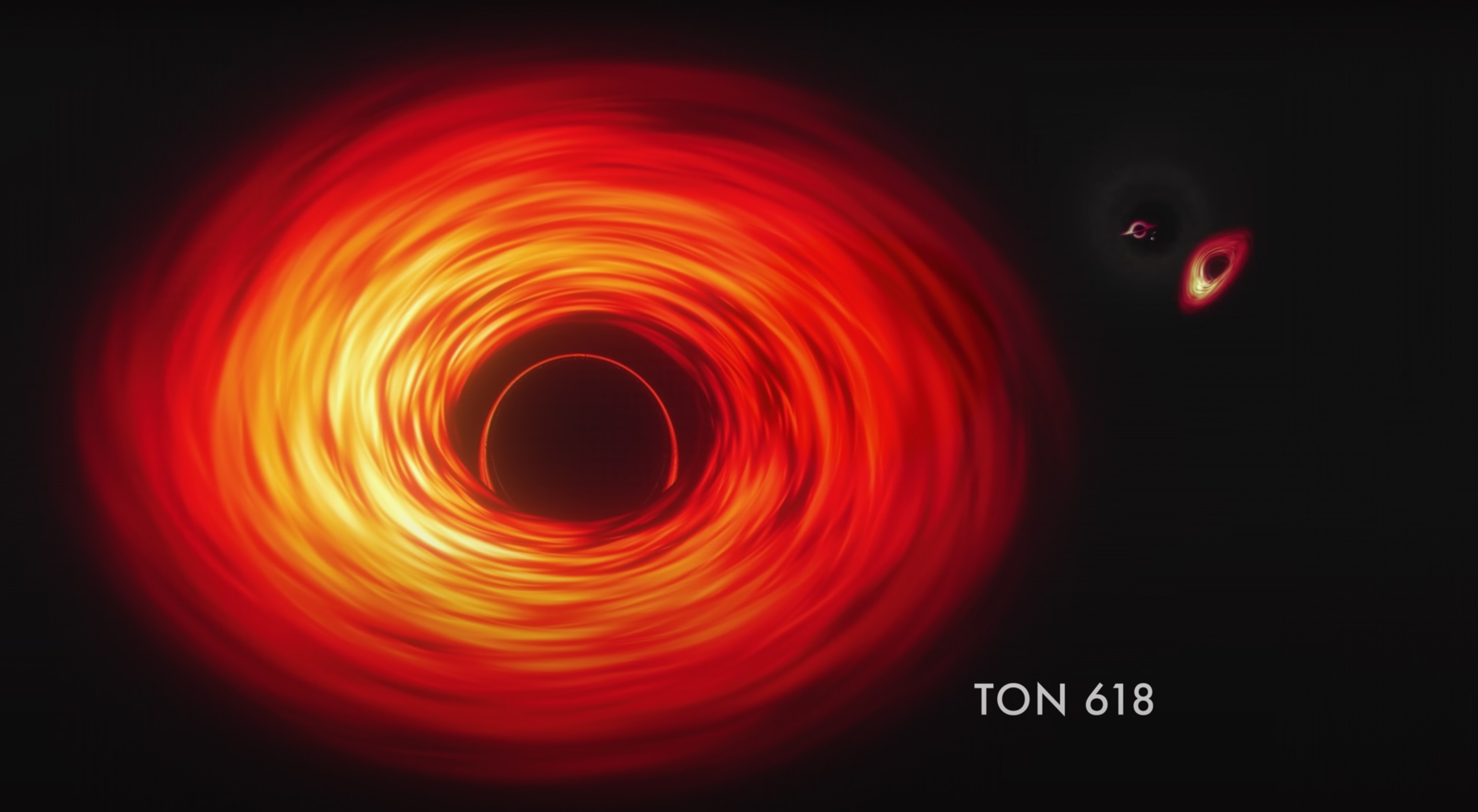
So why should there be a limit on the masses of black holes at all?
Couldn't these galaxy-dominating titans just grow and grow and grow, with the only limits placed upon them being the amount of gas, dust and stars available to them and the amount of time they have had to "feed?"
It turns out that there is a cap, and black holes actually impose this growth limit on themselves.
"According to the theoretical arguments we made, supermassive black holes stunt their own growth," Natarajan explained. "This is the sequence we expect to happen: Gas flows into the center of a galaxy to feed the supermassive black hole. However, not all the gas makes it all the way into the horizon of the supermassive black holes and gets accreted. Rather a small portion makes it in, and the rest is dribbled out by the black holes. They are very messy eaters!"
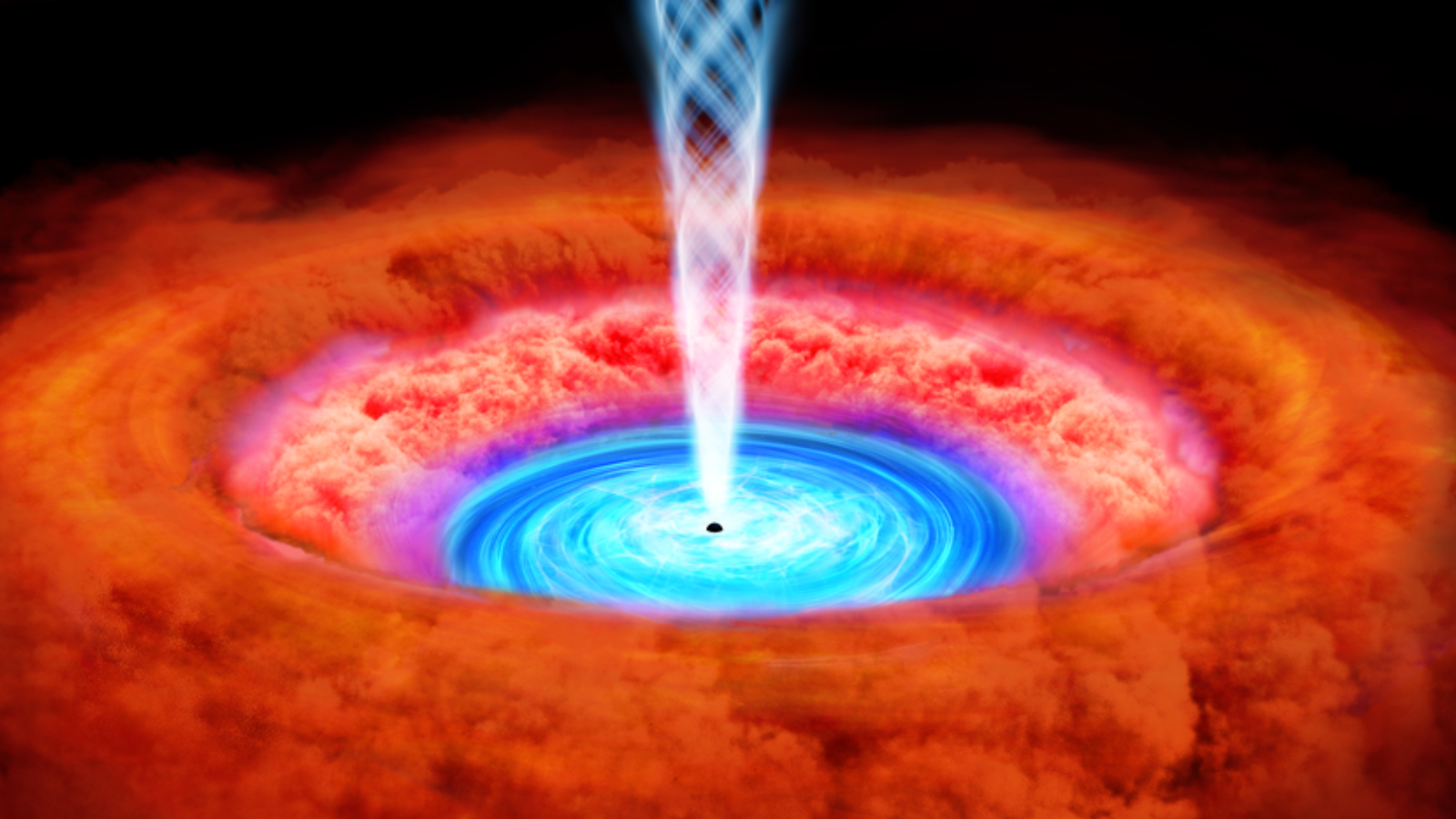
The portion of the gas that doesn't fall into the black hole is blasted away as powerful and rapidly moving outflows or "astrophysical jets," which can stretch out for tens of light-years beyond their host galaxy.
These outflows eventually slam into gas farther out from their black hole source located in the surrounding galaxy, heating and transforming it and directly impacting the birth of stars in that galaxy. This is because stars form when gas and dust clouds cool and condense. Jets prevent star formation by heating this gas and preventing it from condensing, Natarajan explained.
The action of these jets also pushes gas away from the galaxy's central region, cutting off the "food source" of material flowing to the central black hole and thus self-regulating outflows. That means that there is a natural feedback loop to black hole growth.
Natarajan said that, with no chance of gas flowing into the central region from the rest of the galaxy, once the gas in the inner regions of galaxies is fully consumed, the growth of the black hole is disrupted, and its growth is stunted.
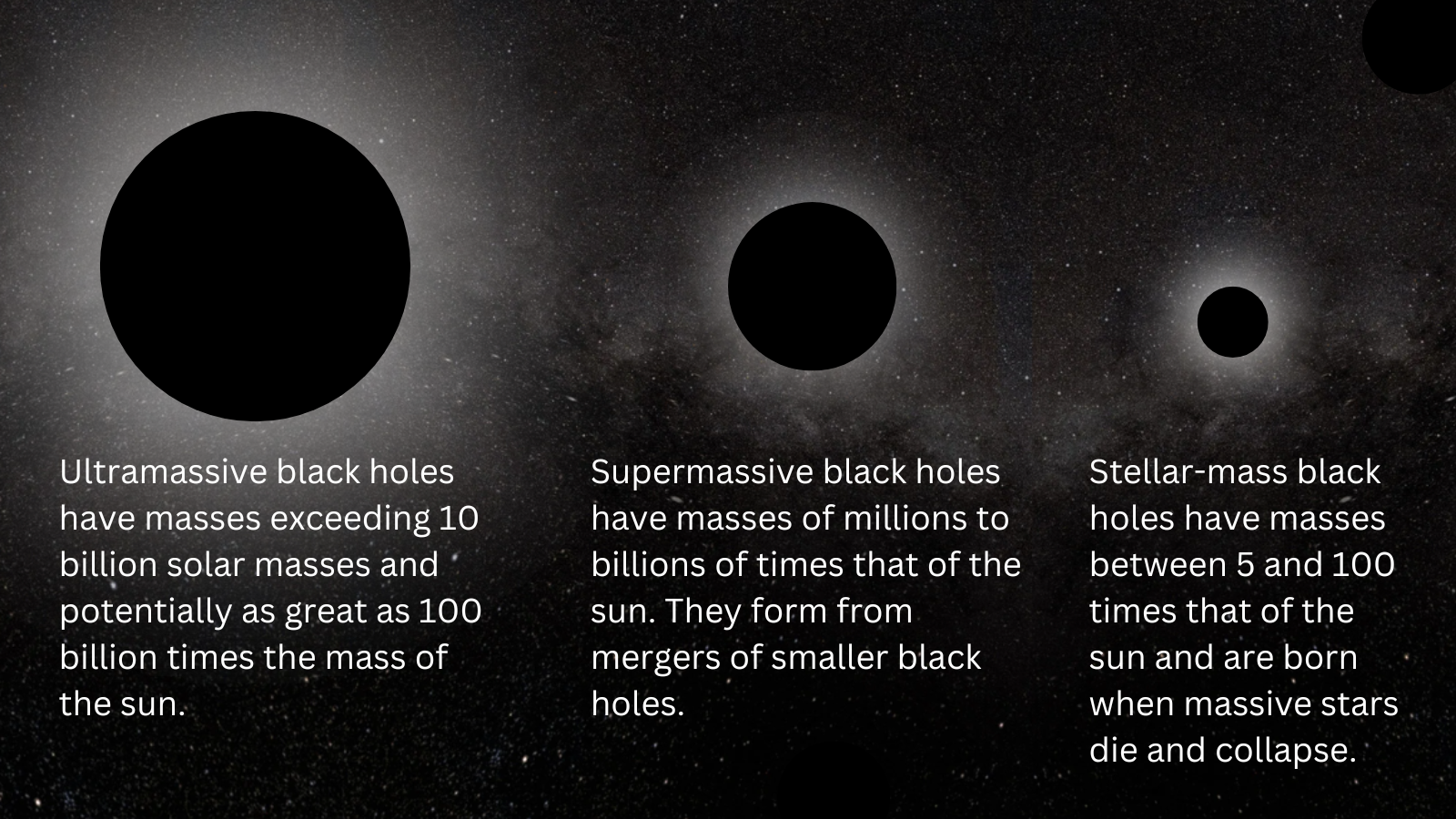
Considering the ways in which black holes grow and the natural feedback system that seems to cut off their food supply and stunt their growth, the limit for ultramassive black holes would be around 100 billion solar masses, according to Natarajan.
That means, if Natarajan and colleagues are correct, Phoenix A may not be just the most massive black hole we have ever detected — it might also be the largest black hole we will ever detect, as it sits right on this limit.
Natarajan and her team aren't done with black holes, but they are shifting their focus to less diminutive but no less intriguing examples of these cosmic titans.
The team wants to investigate black holes with masses between supermassive black holes and stellar-mass black holes. Members of this latter group are roughly 100 times heftier than the sun and form through the collapses of massive stars at the end of their lives. The intriguing class between supermassive and stellar-mass are known as "intermediate-mass black holes," and they have proved elusive to astronomers hunting them.
"What's next is bridging the gap between supermassive black holes and stellar-mass black holes," Natarajan concluded. "There ought to be a large population of Intermediate mass black holes with masses 1,000 to 10,000 times the mass of the sun that we are only now slowly starting to uncover."
The team's research is published on the paper repository site arXiv.
Join our Space Forums to keep talking space on the latest missions, night sky and more! And if you have a news tip, correction or comment, let us know at: community@space.com.

Robert Lea is a science journalist in the U.K. whose articles have been published in Physics World, New Scientist, Astronomy Magazine, All About Space, Newsweek and ZME Science. He also writes about science communication for Elsevier and the European Journal of Physics. Rob holds a bachelor of science degree in physics and astronomy from the U.K.’s Open University. Follow him on Twitter @sciencef1rst.
-
m4n8tpr8b You quote the researcher defining supermassive and ultramassive black holes as more than 10 million resp. 10 billion solar masses, but also that "ultramassive black holes would, on average, be 10,000 times more massive than supermassive black holes." That's a contradiction (10,000 would be the ratio of the heaviest ultramassive black holes and the lightest supermassive ones, not the average ones), but I suspect just a few zeroes were misplaced somewhere.Reply
In fact, to my knowledge, supermassive black holes are defined as more than 100,000 solar masses (a hundredth of what's written in the article), but it certainly cannot be higher than 1 million (our own supermassive black hole at the center of the Milky Way Galaxy, Sagittarius A*, is 4 million). Given that with the 100,000 definition, supermassive black holes cover a much wider range (the largest being 10,000 times the smallest, while for ultramassive ones, it's just 10 times), the 10,000 ratio for average ultramassive and supermassive black holes could hold. -
MarkmBha Phoenix A may not be just the most massive black hole we have ever detected — it might also be the largest black hole we will ever detect, as it sits right on this limit.Reply -
csanyk So, OK, scientists believe there's an upper limit to how massive a black hole can become by ingesting interstellar gas. But is that the only way that black holes can grow? I understand that incoming matter can be thrown off by the spin of the black hole, resulting in these jets, and that limits how much of the incoming matter a black hole can take in.Reply
But that's ordinary matter.
What if an ultramassive black hole were to collide with a second ultramassive black hole? Since nothing can escape either black hole, they should not be ripped apart by tidal forces and spill matter that could turn into jet material. That should mean that total ingestion of the black holes as they collide would be the expected result. So if you had a 100 billion solar mass ultra black hole and it collided with another of equal mass, would the resulting UBH weigh in at 200 billion solar masses?
If so then we don't know for sure whether there's an ultimate limit.

